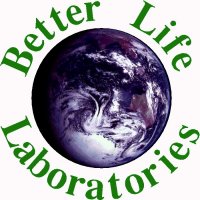|
Susan S. Sorini / Western Research Institute John F. Schabron, Ph.D. / Western Research Institute James R. Bowes / The Johnson Company, Inc. Seth H. Frisbie, Ph.D. / Better Life Laboratories, Inc. Eric L. Butler, Ph.D. / Gradient Corporation A. Dallas Wait, Ph.D. / Gradient Corporation Presented at the Sixteenth Annual Symposium on Waste Testing and Quality Assurance, USEPA Symposium, Arlington, VA, 2000. |
 |
Volatile petroleum products in soil, such as gasoline, can be screened in the field by simple headspace photoionization or flame ionization organic vapor analyzers (OVAs). However, mid-range distillates, such as diesel fuel, and heavier products are not effectively measured by these techniques. In addition, as diesel fuel in soil is weathered and subjected to microbial degradation, the resulting material is less volatile than the original fuel. ASTM Method D 5831, Standard Test Method for Screening Fuels in Soils, provides a procedure for screening soils for diesel-range and heavier petroleum products. This screening method keys in on aromatic components, which are generally accepted as being the more toxic components of petroleum hydrocarbon products with regard to both human health and ecological perspectives. The procedure involves mixing five grams of soil with five grams of calcium oxide, which dries the soil and binds humic materials to minimize interferences. A 50-milliliter aliquot of isopropyl alcohol is added, and the mixture is stirred for three minutes. The extract is filtered, and the absorbance is read at 254 nanometers.
This paper discusses field applications of ASTM Method D 5831 at a diesel fuel spill site and a former aboveground storage tank farm. Comparison of results from split samples that were screened in the field using the ASTM method and analyzed in the laboratory show that the ASTM procedure provided an economic yet effective means to determine the degree of soil contamination at these sites.